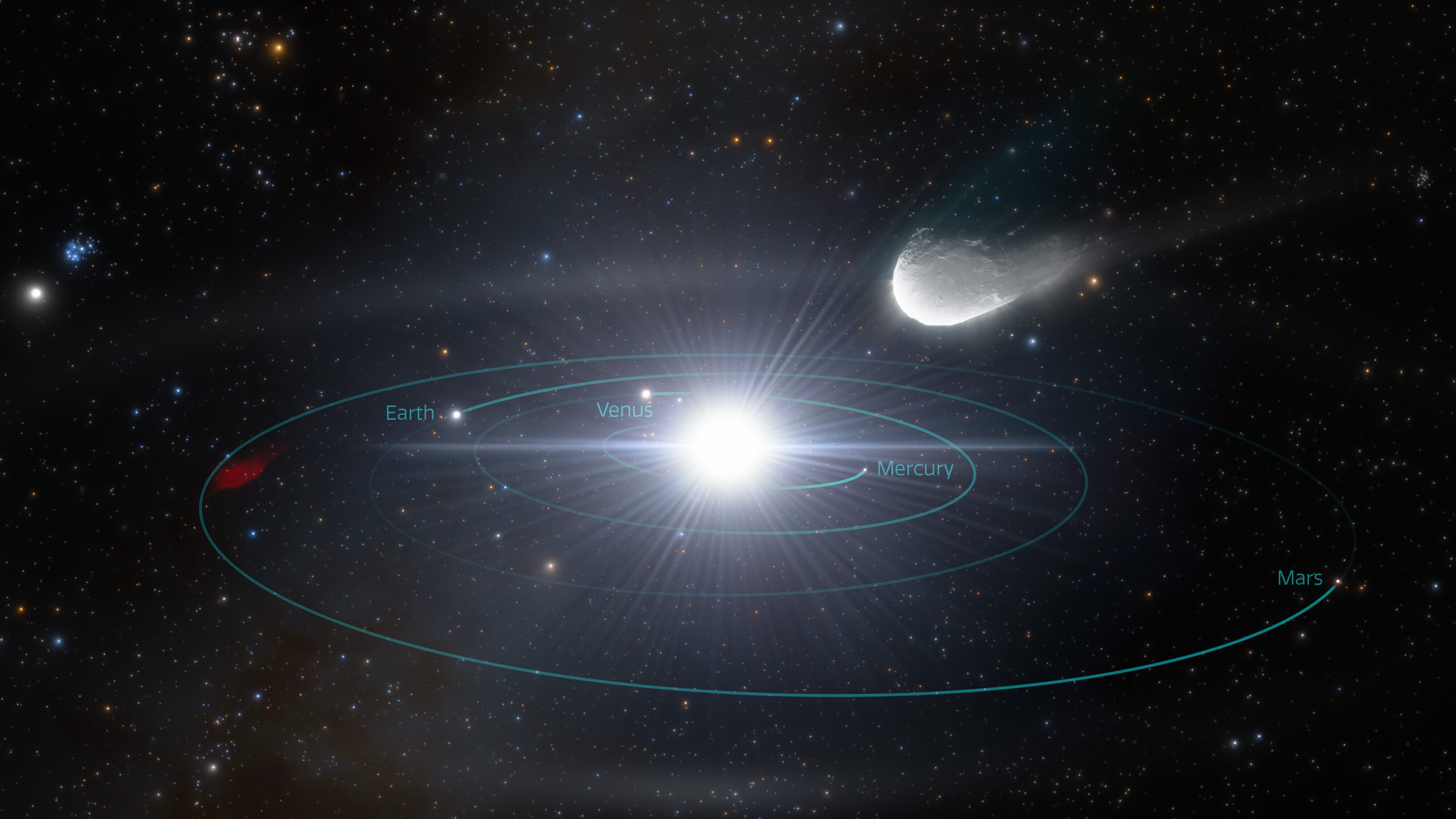Rubin Observatory: Visitors from Distant Stars: Rubin Observatory Will Detect an Abundance of Interstellar Objects Careening Through Our Solar System

Many as-yet-undiscovered interstellar objects exist throughout our Milky Way Galaxy: comets and asteroids that have been ejected from their home star systems. Some of these objects pass through our Solar System, bringing valuable information about how planetary systems form and evolve. Currently, only two such interstellar visitors have been discovered: 1I/ʻOumuamua and comet 2I/Borisov. Rubin’s upcoming Legacy Survey of Space and Time will show us many more.
We’ve learned a lot about the biggest, brightest objects in our Solar System using existing instruments and telescopes. However, astronomers like Michele Bannister, Rutherford Discovery Fellow at the University of Canterbury in Aotearoa New Zealand and member of the Rubin Observatory/LSST Solar System Science Collaboration, want to search deeper, for small, faint bodies that originated in planetary systems far beyond our own. These interstellar objects — which were flung from their home systems into the space between stars — are so faint that they have been virtually undetectable. But with the upcoming Legacy Survey of Space and Time (LSST), conducted with Vera C. Rubin Observatory in Chile, scientists are expecting an explosive period of discovery as these faint objects come into view for the first time.
Rubin Observatory is jointly funded by the National Science Foundation (NSF) and the US Department of Energy (DOE). Rubin is a Program of NSF’s NOIRLab, which, along with SLAC National Accelerator Laboratory, will operate Rubin.
